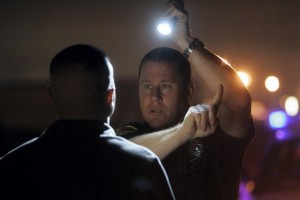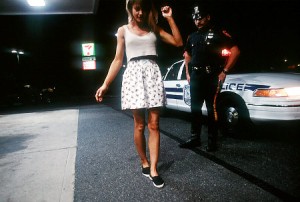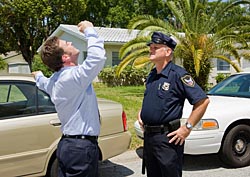 Field sobriety tests (“FSTs”) are both physical and mental exercises that police officers use for DUI investigations. If you perform poorly on these exercises they will try and use this against you in an attempt to show a mental and/or physical impairment from alcohol or drug consumption.
Field sobriety tests (“FSTs”) are both physical and mental exercises that police officers use for DUI investigations. If you perform poorly on these exercises they will try and use this against you in an attempt to show a mental and/or physical impairment from alcohol or drug consumption.
Also, police use your performance on these tests in deciding whether to arrest you for a DUI. In addition, prosecutors and courts use your performance on these tests when deciding if they will file DUI charges and be able to make their case in court.
The National Highway Transportation Safety Administration (NHTSA) is a federal agency that issues police protocols for DUI field sobriety testing. The NHTSA has approved three “standardized” field sobriety tests to aid law enforcement officials during their DUI investigations. These tests are:
- the horizontal gaze nystagmus test (HGN),
- the walk and turn test, and
- the one-leg stand test
Unlike refusing a chemical test (Blood, Breath, or Urine), declining to take a field sobriety test does not have any legal penalties in California. Officers have usually made their decision if they are going to arrest you or not before asking you to take a field sobriety test. If an officer has already determined that you are under the influence, asking you to take a field sobriety test is simply a way to validate the stop and gather more evidence against you.

In general, it is recommended that you should always (politely) refuse taking any field sobriety test when requested by an officer.
If you have been arrested for a DUI, it is important that you hire a skilled attorney to fight this charge. Call the Law Office of William Daley at (619) 238-1905 for a free consultation.


